As vehicles evolve into highly sophisticated electronic platforms, the demand for reliable and efficient power management solutions has never been greater. Among the myriad components that enable modern automotive systems to function seamlessly, Low Dropout (LDO) regulators are becoming increasingly central to automotive electronic design. Nexperia’s new NEX90x30/15-Q100 series has been designed to deliver stable and accurate power delivery for automotive sensors and loads.
Converting higher input voltages into stable, lower output voltages with minimal voltage drop, even under varying load conditions, is crucial for a range of automotive systems. From safety critical ADAS (Advanced Driver-Assistance System) modules to communication interfaces and infotainment units, all require precise and noise-free voltage supplies. In fact, a clean power supply is essential in noise-sensitive applications such as radar, camera modules and wireless communications.
Today’s cars by their nature are dense electrical environments, with multiple subsystems operating simultaneously. And as the number of nodes and system complexity continues to rise exponentially, electromagnetic compatibility (EMC) and Power Supply Rejection Ratio (PSRR) requirements also increase. By minimizing conducted and radiated emissions while providing a high PSRR, Nexperia’s Linear and low-dropout (LDO) regulator ICs and specifically the NEX90x15/30-Q100 series help designers meet increasing system requirements.
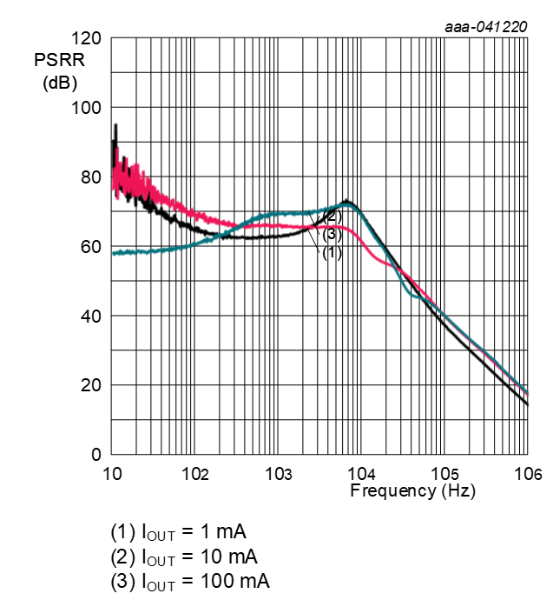
High accuracy and ultra-low quiescent current
Automotive-grade LDOs are specifically designed to operate over wide temperature ranges, withstand voltage fluctuations, and comply with AEC-Q100 standards. Integrated features like low quiescent current, thermal protection, short-circuit protection, and soft-start are all required.
Nexperia’s NEX90x15/30-Q100 series has been designed to meet these demands. Offering an input-voltage range from 3 V to 40 V, with up to 45 V load dump protection, allows them to continue operating during cold-crank and start / stop conditions. To simply design-in and reduce system BOM (Bill of Materials), they are currently available in 3.3 V and 5.0 V fixed output voltages That comes with industry-leading output voltage accuracy of ±2% in the full voltage and full load range, ensuring the stability of the post-stage circuit with different loadings as highlighted below.

In the case of a primary battery-powered LDO, there is also a high requirement for quiescent current because it always operates in a linear state of operation. The NEX90x15/30-Q100 series provides a typical quiescent current of 5.3 µA at light load as below picture shown over full ambient temperature range from -40℃ to 125℃, and 300 nA typical shutdown current under disabled mode. This makes it an ideal LDO for automotive applications with high standby power requirements, such as powering MCUs and CAN/LIN transceivers in standby systems to save power and extend battery
Regulation and transient response
Key to ensuring voltage stability is the ability of the LDO to manage line and load regulation and transient response. Which is why Nexperia has focused on delivering industry-leading performance, with a maximum line regulation of 10 mV with full input voltage range when IOUT = 10 mA and excellent load regulation performance (±1.5% with full load range when VIN = 13.5 V).


Supporting designers to ease design-in
Output current can be affected by many factors, such as input and output voltage, temperature, etc., So while NEX90x15/30-Q100 devices are rated at 150 mA and 300 mA respectively, Nexperia provides the actual current capability in typical operating voltage at different room temperatures to ensure engineers can better determine operating margins.
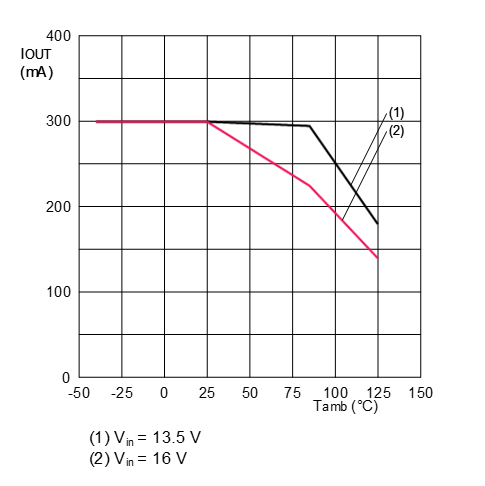
Dropout voltage determines the minimum voltage difference between input and output that a LDO can operate in linear mode. Otherwise, the LDO operates in dropout mode where the output voltage is not regulated as expected. Engineers should pay attention to this, especially in application scenarios where VIN and VOUT are very close.
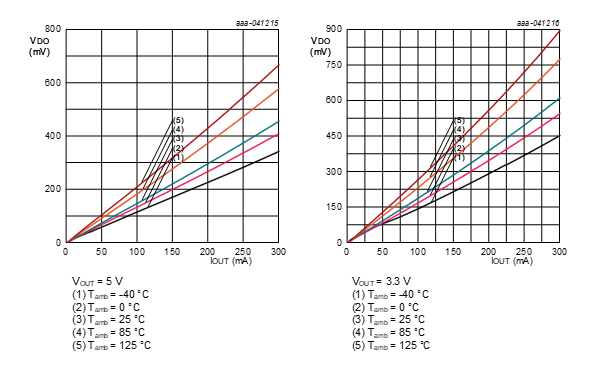
The stability region of output capacitance and ESR is based on large number of bench tests, allowing engineers to flexibly select peripheral components. Recommended external capacitors are provided in the datasheet.
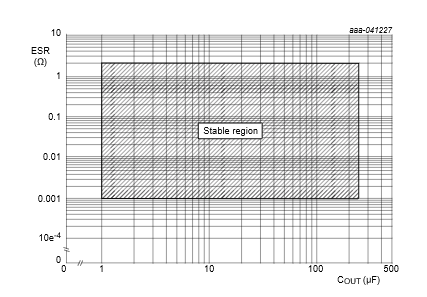
In addition to protection functions that help avoid damage under abnormal conditions (over-temperature, over-current and short-circuit protection), designers can choose the optional PG (power-good indicator) function, which makes the chip more flexible and reliable in practical applications.
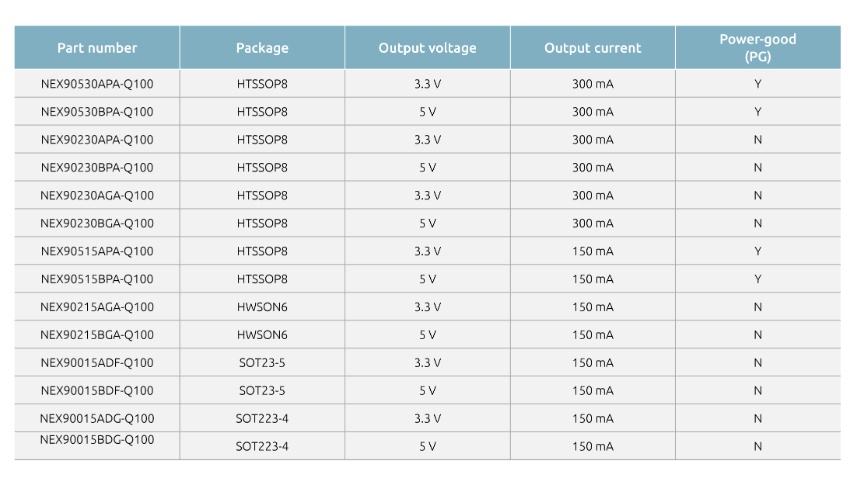
Looking Ahead
As software-defined vehicles and zonal architectures become more common, power distribution strategies will evolve. LDO regulators will play an even more prominent role in local power conditioning, especially where switching noise must be avoided or minimized. This will be vital in future autonomous vehicles, where data processing units must function flawlessly under all conditions, with LDOs providing the clean power needed to support high-performance computing. Nexperia’s AEC-Q100 qualified NEX90x15/30-Q100 series are the ideal LDOs offering reliable and efficient power solutions, and are easy to incorporate.
Simply download the datasheets to discover more about our Linear and low-dropout (LDO) regulator ICs.